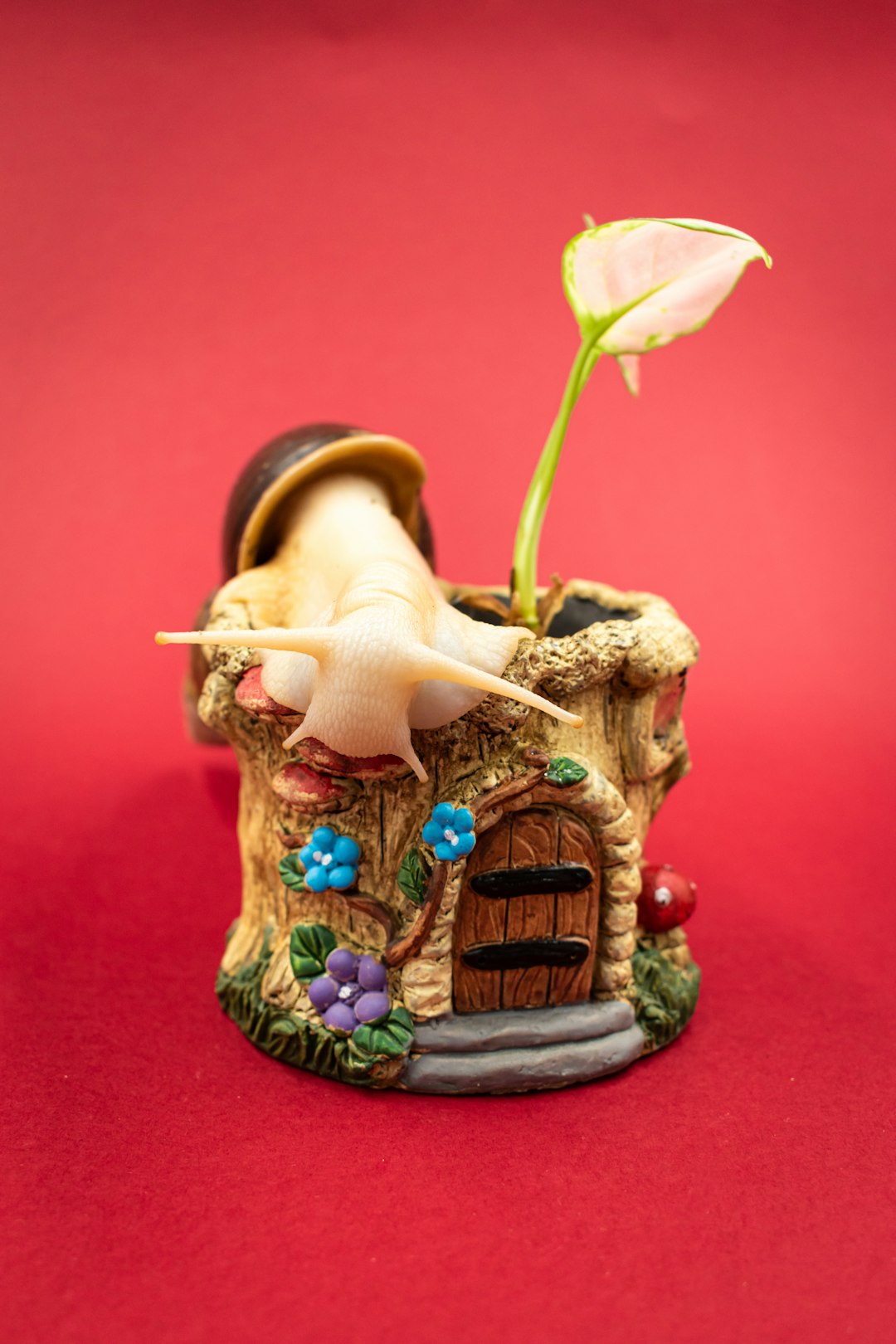The Secret to Welcoming Hummingbirds in Your Garden

For garden enthusiasts and nature lovers, attracting hummingbirds to your garden can be a rewarding experience. These tiny, colorful birds bring life and energy to any outdoor space. One of the key elements in luring hummingbirds is knowing exactly when to put out hummingbird feeders and how to use them properly. In this article, we'll explore the best times to set up feeders and offer some tips on making the most of them.
### Understanding Hummingbird Migration
Hummingbirds are migratory birds, and their movements are closely tied to the changing seasons. In North America, most hummingbirds migrate south for the winter to escape the cold temperatures and find a more abundant food supply. The timing of their migration can vary depending on the species and the region. Generally, hummingbirds start their northward migration in early spring, around February or March, and return south in late summer or early fall, usually between August and October.
To ensure that your feeders are ready for the migrating hummers, it's important to know when they are likely to pass through your area. You can consult local birding organizations, online resources, or even experienced birdwatchers in your community to get an idea of the typical migration patterns in your region. By putting out your feeders a few weeks before the expected arrival of the hummingbirds, you can increase the chances of attracting them to your garden.
### When to Put Out Hummingbird Feeders
The best time to put out hummingbird feeders depends on your location and the specific species of hummingbirds that visit your area. Here are some general guidelines to help you determine the optimal timing:
- Spring: In most parts of the United States, it's a good idea to put out your hummingbird feeders in early to mid-March. This gives the migrating hummingbirds a reliable food source as they make their way north. If you live in a southern state, you may want to put out your feeders even earlier, around February, to catch the first wave of migrants.
- Summer: Once the hummingbirds have arrived in your area, keep your feeders up throughout the summer months. Hummingbirds have a high metabolism and need to feed frequently to maintain their energy levels. By providing a consistent supply of nectar, you can help them thrive during the breeding and nesting season.
- Fall: As the days start to get shorter and the temperatures begin to drop, hummingbirds will start their southward migration. It's important to keep your feeders up until you haven't seen any hummingbirds for at least two weeks. This ensures that any late migrants have access to food before they leave for the winter.
### Tips for Using Hummingbird Feeders Properly
Putting out hummingbird feeders is just the first step. To attract and keep hummingbirds coming back to your garden, you need to use the feeders properly. Here are some tips to help you make the most of your hummingbird feeders:
- Choose the Right Feeder: There are many different types of hummingbird feeders available on the market, each with its own features and benefits. Look for a feeder that is easy to clean, has multiple feeding ports, and is made of durable materials. Some feeders also come with built-in ant moats or bee guards to prevent insects from accessing the nectar.
- Make Your Own Nectar: While you can buy pre-made hummingbird nectar at the store, it's often more cost-effective and healthier to make your own. To make hummingbird nectar, simply mix four parts water with one part white granulated sugar. Do not use honey, brown sugar, or artificial sweeteners, as these can be harmful to hummingbirds. Boil the mixture for a few minutes to dissolve the sugar and kill any bacteria, then let it cool before filling your feeder.
- Keep the Feeder Clean: Hummingbirds are attracted to clean, fresh nectar. To prevent the growth of mold and bacteria, it's important to clean your feeder regularly. Wash the feeder with hot, soapy water at least once a week, and more often in hot weather. Rinse the feeder thoroughly to remove any soap residue, and refill it with fresh nectar.
- Place the Feeder in a Good Location: Hummingbirds are attracted to bright colors and flowers, so it's a good idea to place your feeder near a colorful flower bed or a window where you can easily observe the birds. Make sure the feeder is in a shaded area to prevent the nectar from spoiling too quickly. You may also want to hang the feeder from a hook or a branch to make it more accessible to the hummingbirds.
- Be Patient: It may take some time for the hummingbirds to discover your feeder, especially if it's a new addition to your garden. Be patient and keep the feeder filled with fresh nectar, and eventually, the hummingbirds will find it. Once they do, they are likely to become regular visitors to your garden.
### Conclusion
Attracting hummingbirds to your garden can be a fun and rewarding experience. By knowing exactly when to put out hummingbird feeders and how to use them properly, you can create a welcoming environment for these beautiful birds. Remember to keep your feeders clean, filled with fresh nectar, and placed in a good location, and be patient as the hummingbirds discover your garden. With a little effort, you can enjoy the sight of these tiny, colorful birds flitting around your feeders all season long.